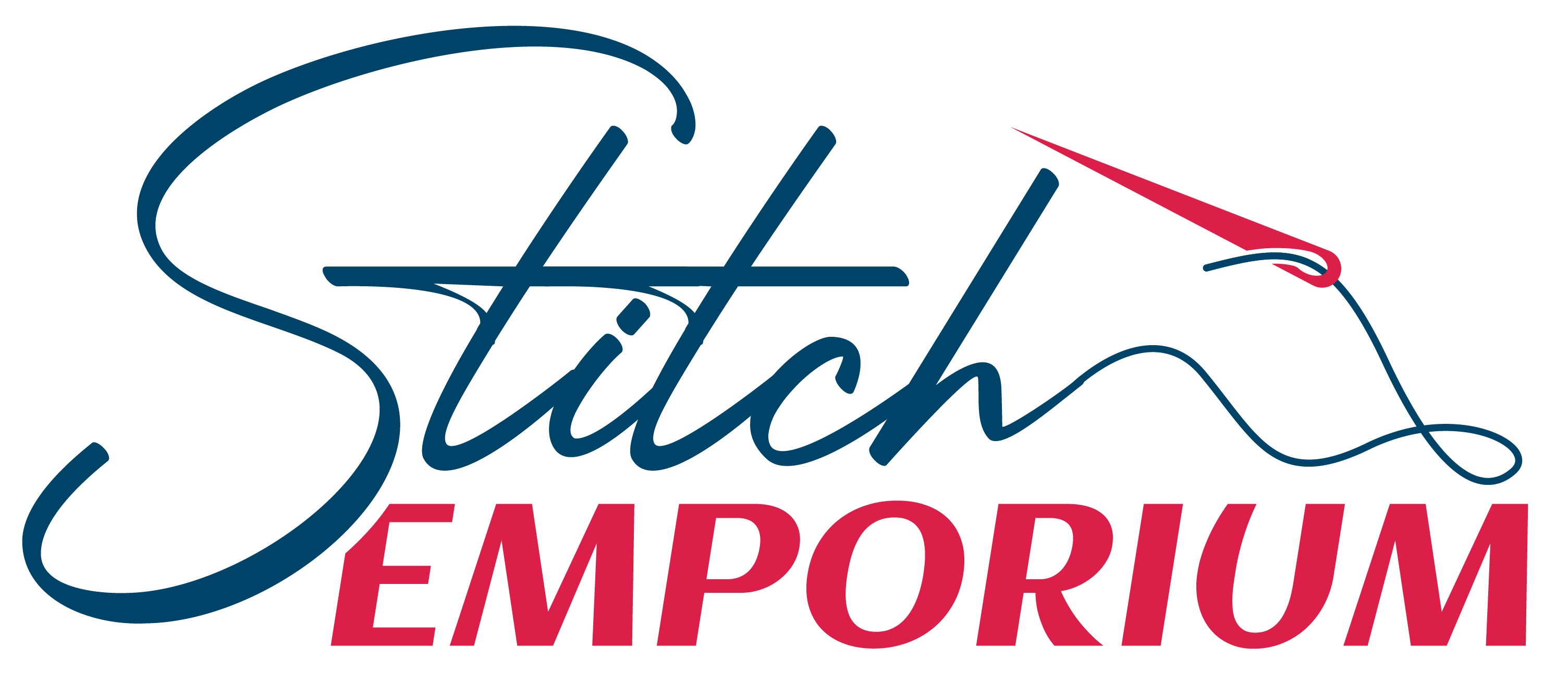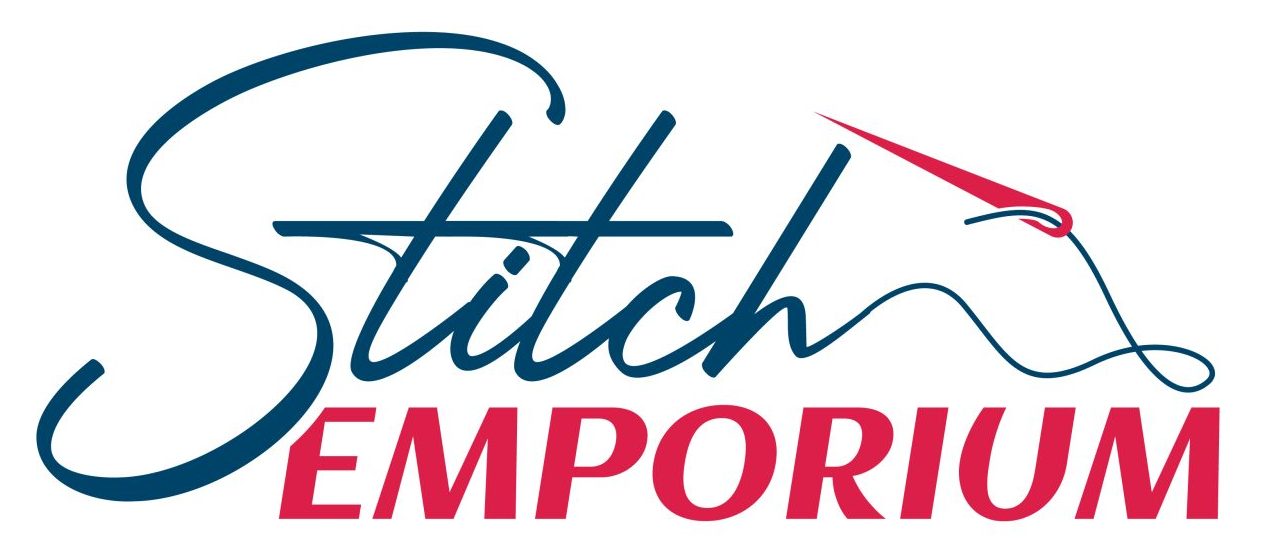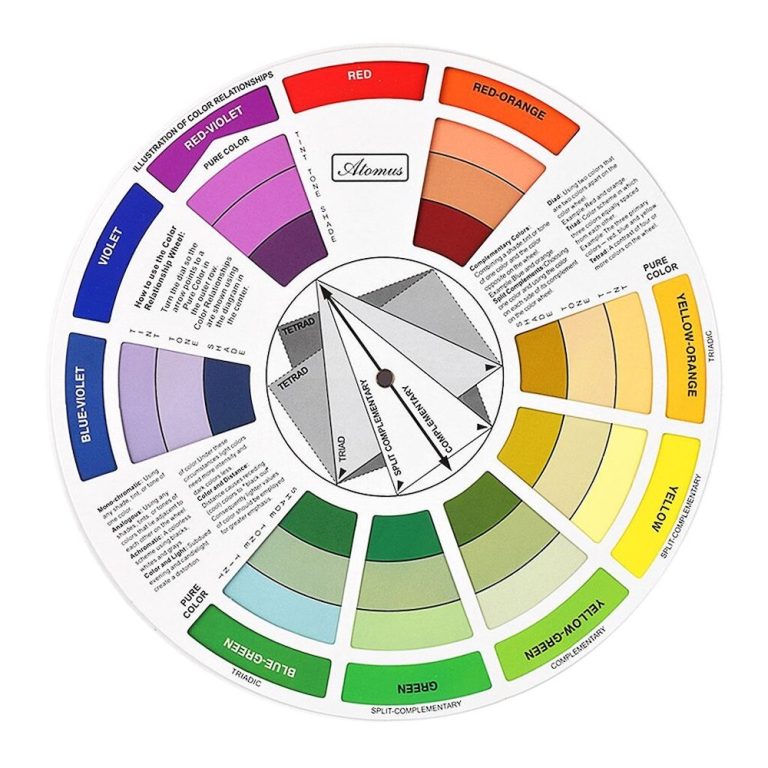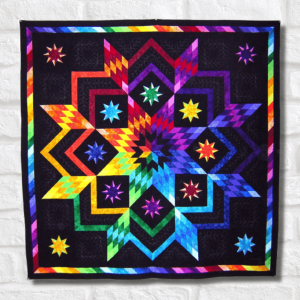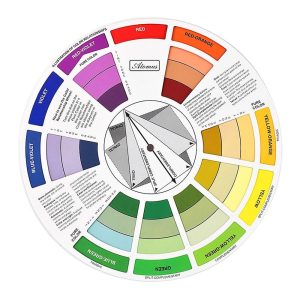Quilting
Quilting 101: How to Choose Fabric for a Quilt
When you walk into a fabric store, you’re greeted by rows and rows of quilting fabric, meticulously organized by color. The prospect of selecting multiple fabrics with varied colors and prints for a single quilt can be both overwhelming and exhilarating.
Questions swirl in your mind: What’s the ideal background color? Are these prints too bold? Will this assortment of fabrics harmonize seamlessly? The considerations are myriad and complex.
Some people have a natural eye for choosing coordinating patterns and hues for a quilt. Others find it frustrating, especially when trying to choose more than two or three designs. However, matching colors and prints is a skill you can learn! If you’re ready to become a fabric matching master, grab yourself the Color Wheel for Quilting and follow along in this guide.
Quilt Color Theory
Color makes or breaks a quilt! Before you can start choosing colors and prints, you need to have a basic understanding of color theory.
Back in grade school, you were probably taught that the primary colors are red, yellow, and blue. Then, you probably experimented mixing the colors to create the secondary colors of green, orange, and violet. As a quilter, a great place to start choosing fabrics is to think about the color wheel and the placements of the primary and secondary colors on it. Red, yellow, and blue form a triad and always look good together. Green, orange, and violet also create a triad and look good together. So, start there!
Other good color combinations can be found by looking at the complementary color pairs. Complementary colors are directly across from each other on the color wheel. For example, red and green are complementary colors and orange and blue are complementary colors. They look good when paired together.
Beyond complementary colors and triads, you can look at the split complementary colors. These are combinations that are created by choosing a color and looking at the two colors that are directly adjacent to the complementary color on the color wheel, forming an elongated triangle.
This is just simple color theory, but you can use it to choose the base colors for your quilts.
Considering Color Tones and Background Colors
Now, you can’t just decide you’re going to use a color combination like red, yellow, and blue… That is just the first step. Then you have to consider the tints and shades of each color. Quilts truly shine when they boast a blend of dark, medium, and light tones. You should aim to use several.
Incorporating neutrals such as white, gray, taupe, beige, and black is also key to achieving a well-balanced quilt design. Often serving as background fabrics, neutrals offer a base to create contrast.
Check out how the black background in this Starry Sky Quilt creates a huge contrast to the bright colors.
Use the Quilting Color Wheel Chart as a starting point to visualize how certain colors will look together, and then trust your instincts; if two fabrics complement each other in your eyes, that’s what truly matters.
Adding in Prints and Solids
Once you know what colors you want to use in your quilt, it’s time to add in prints! Find a couple of bold fabrics that you love in the colors you want to use. Then, gradually integrate complementary solids or batiks with these main prints. Take your time and enjoy this process. And remember that choosing colors and prints for a quilt is a skill that improves with practice.
Just as a blend of light and dark tones is essential, incorporating a variety of print sizes adds visual interest to your quilt. While small prints contribute to intricacy, incorporating larger prints introduces balance and prevents the quilt from appearing overly busy. Experiment with different combinations to achieve the perfect harmony.
Here are a few fabric combinations I put together that I think work well:




The Color Wheel for Quilting can really help you get your bearings when you’re new to choosing colors and prints for a quilt. You can also stick to fabric collections—they typically have a mix of fabrics that look good together. And, if you have a question about whether the fabrics you’ve chosen will look good in a quilt, head over to our Facebook page and ask the question with a picture. Our community would love to chime in with advice and encouragement.
Quilting Rulers & Templates
